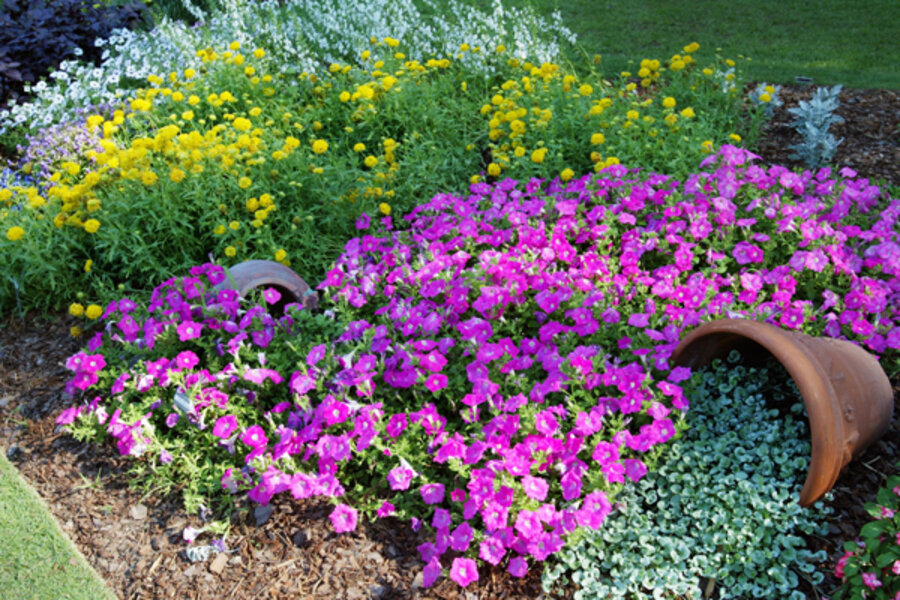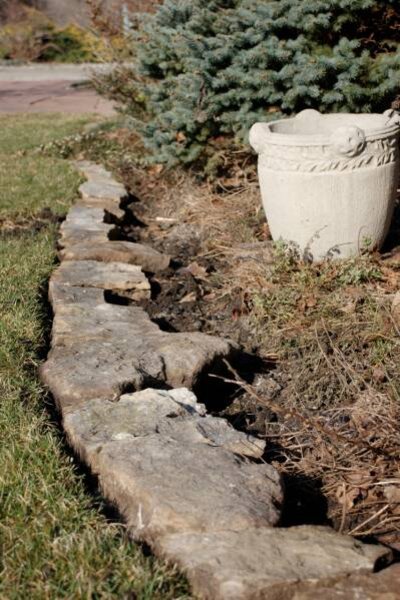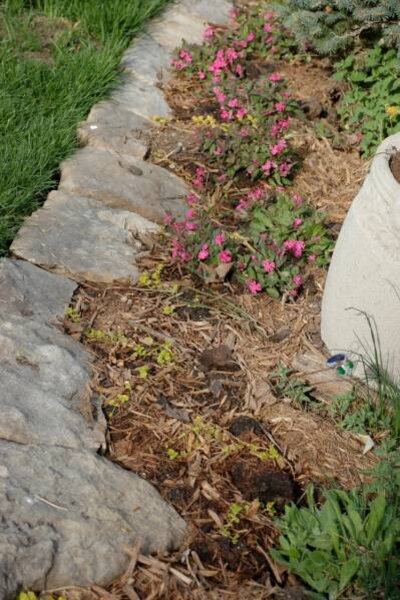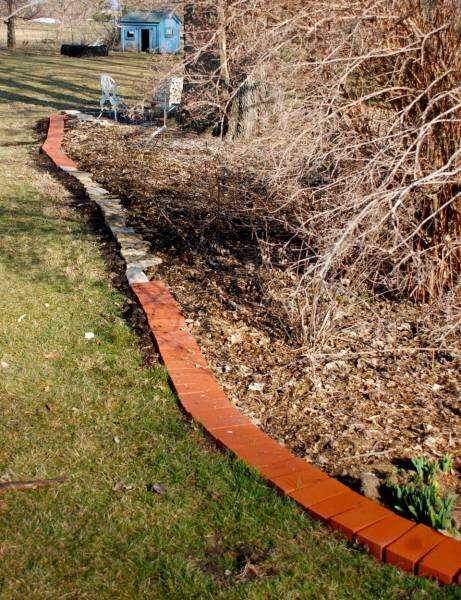Bordering on playtime
Loading...
Life would be so much more sublime if all cats remained cuddly kittens, charming children did not become sulky adolescents, and foundation plants did not grow.
But grow they do. And even if you had planned on your shrubs’ eventual enlargement and planted them well away from the wall, the beds-and-borders plants in front of them get overtaken faster than Monty Python can shout, “Run away!”
One must adapt. Seems like much of gardening is about adapting.
The Iowa weather was teasing me again a couple weeks ago – just warm enough to want to get outside and play in the dirt, but too dang cold to plant anything. But dig I did, as dig I must.
I removed some limestone edging and dug out about a foot wider in what I knew to be a now-barren section of the front yard where evergreens had crowded out and shaded whatever was there to begin with. The removed sod went to fill a depression where an old septic tank had been removed (a long, nasty story).
Excess soil filled a linear path to the house where the water main was installed (fluoride!). The planting area was amended with loads of llama poop. And I found what is professed to be a Zone-4-hardy raspberry-pink silene (catchfly). I have my doubts, but you can’t be too choosy at a Midwestern nursery in the doldrums of April. (Most of them have yet to open.)
I divided some Lysimachia nummularia ‘Aurea’ (creeping Jenny) to flow frontward, swirling in and around the silene. Pink and chartreuse? Very contrasty, doncha think?
And a word about edging: Y’all probably already know this, but I see so many gardeners make life more difficult for themselves by setting stone, pavers, and (especially) large river rock on top of the ground to divide the border from the lawn. Doesn’t work. The lawn grows in and among the stone, necessitating endless handwork to trim the grass.
But if you set flat stone or brick recessed into the lawn, you can wheel your lawnmower along right on top of it. A crisp finish without the tedium – and giving you more time to play in the dirt.
----
Editor’s note: Craig Summers Black, The Transplanted Gardener, is one of nine garden writers who blog regularly at Diggin' it. Look for more of what he's written by clicking here. The Monitor’s main gardening page offers articles on many gardening topics. And you can access all our Diggin' It blog posts.These are new URLS, so you may want to bookmark them so you can return easily. See also our RSS feed.
You may want to visit Gardening With the Monitor on Flickr. Take part in the discussions and get answers to your gardening questions. If you join the group (it’s free), you can upload your garden photos and enter our current contest (for photos of spring).








